This cutting-edge technology is breathing new life into digital art exhibitions, providing a unique and interactive experience for art enthusiasts. In this article, we delve into the rise of augmented reality and its role in enhancing digital art exhibitions.
What is Augmented Reality?
Augmented reality is a technology that overlays digitally-created content onto the real world. By using specialized devices or mobile applications, users can see virtual objects integrated into their physical surroundings, creating an interactive and immersive experience. AR seamlessly blends the real and virtual worlds, transforming the way we perceive and interact with our environment.
Transforming Digital Art Exhibitions
With its ability to merge the real and digital worlds, augmented reality has opened new doors for artists and curators in the realm of digital art exhibitions. Let’s explore some of the ways AR is enhancing these exhibitions:
- Interactive Art: AR allows viewers to actively engage with digital artworks. Visitors can interact with virtual elements, change perspectives, and manipulate objects within the exhibition. This interactivity fosters a deeper connection between the audience and the art.
- Versatile Exhibitions: AR eliminates the constraints of physical space. With a mobile device or AR glasses, users can access vast collections of digital artwork, transcending the limitations of a traditional gallery. This opens up new opportunities for artists to showcase their work to a global audience.
- Multi-sensory Experiences: AR goes beyond visual stimulation. By incorporating audio, haptic feedback, and other sensory elements, digital art exhibitions can create a truly immersive experience. This multi-sensory approach enhances the emotional impact of the artworks.
- Storytelling: Augmented reality provides an innovative platform for artists to tell stories through their artwork. By overlaying contextual information, historical facts, or narratives onto the artwork, viewers gain a deeper understanding of the pieces and the artist’s intent.
The Advantages of Augmented Reality in Art
Apart from transforming the digital art exhibition landscape, there are several advantages to incorporating augmented reality into the art industry:
- Accessibility: AR allows art to be experienced by anyone with a mobile device, regardless of their physical location. This democratization of art breaks down barriers and promotes inclusivity.
- Engagement: Augmented reality creates a highly engaging and memorable experience. By involving the viewer in the creation process or allowing them to explore the artwork’s details, AR captivates audiences in a way that traditional mediums cannot.
- Marketing Potential: AR exhibitions generate buzz and attract attention from both art enthusiasts and tech-savvy individuals. This increased exposure can lead to greater visibility for artists and their work.
- Data Collection: AR technology enables exhibition organizers to gather valuable data on visitor preferences, interaction patterns, and feedback. This information can be analyzed to enhance future exhibitions and personalize the visitor experience.
Key Takeaways
Augmented reality is revolutionizing the way we experience art exhibitions. Its ability to blend the real and virtual worlds creates interactive, immersive, and versatile digital art experiences. Here are the key takeaways:
- Augmented reality merges the real and digital worlds, transforming the art industry.
- AR enables interactivity, versatility, and multi-sensory experiences in digital art exhibitions.
- Advantages of AR include accessibility, increased engagement, marketing potential, and data collection.
As technology continues to advance, augmented reality is poised to become an integral part of the art world. Its ability to enhance digital art exhibitions, engage viewers, and break down barriers is reshaping the way we appreciate and perceive art. By harnessing the power of augmented reality, artists and curators can create unforgettable experiences that leave a lasting impact on audiences.


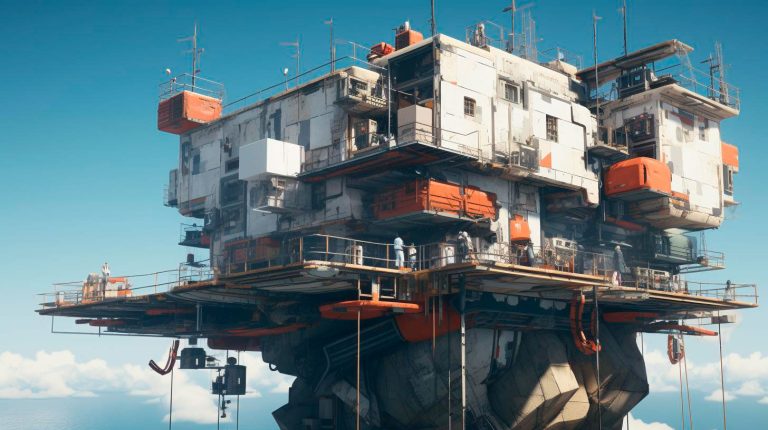
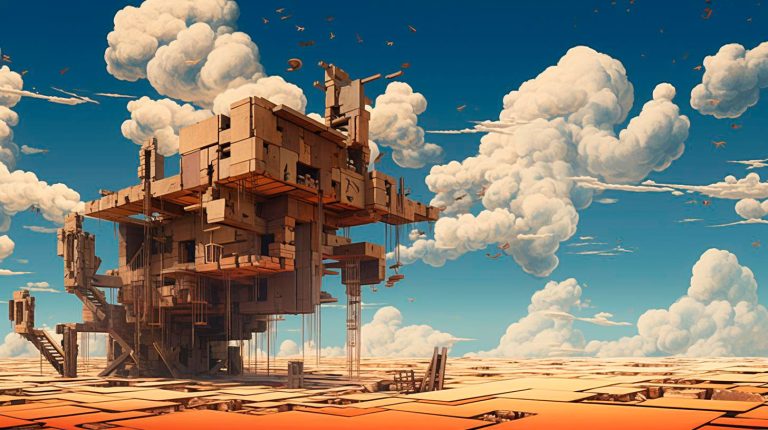
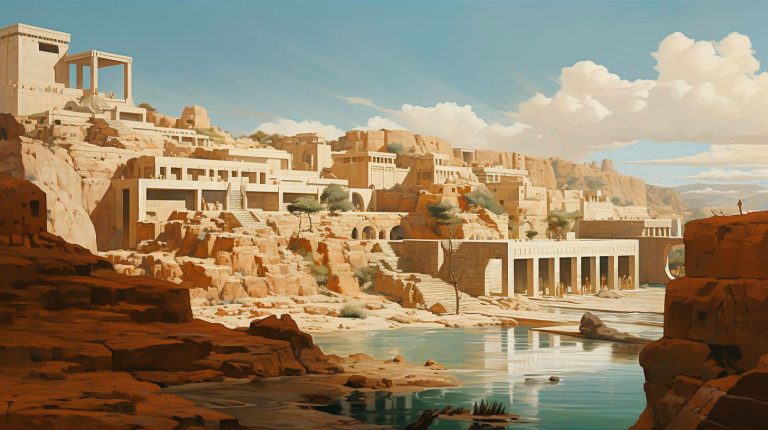
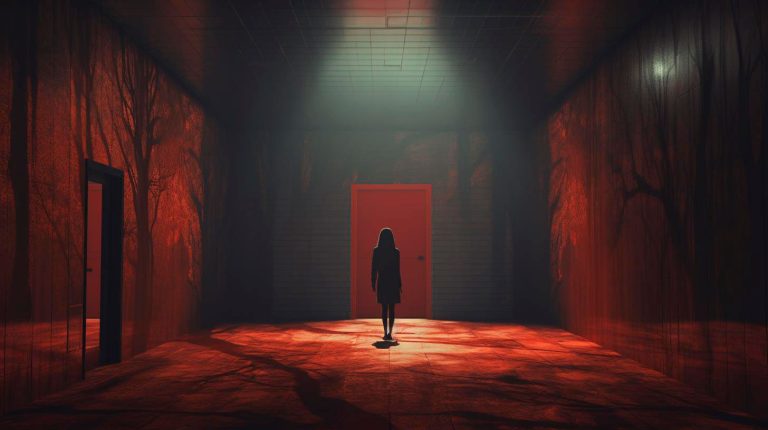

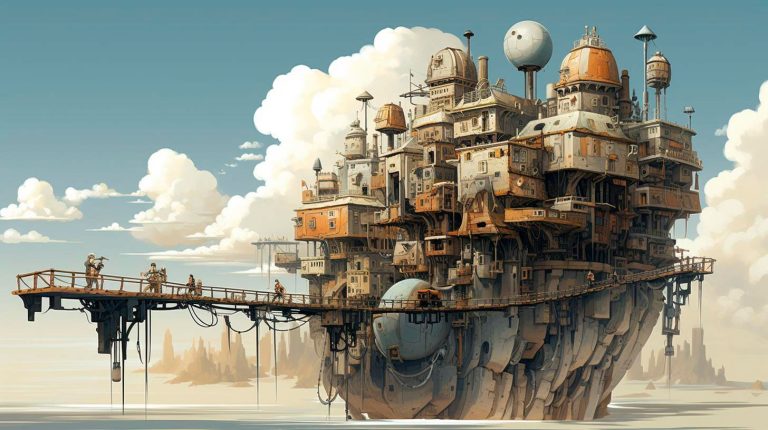
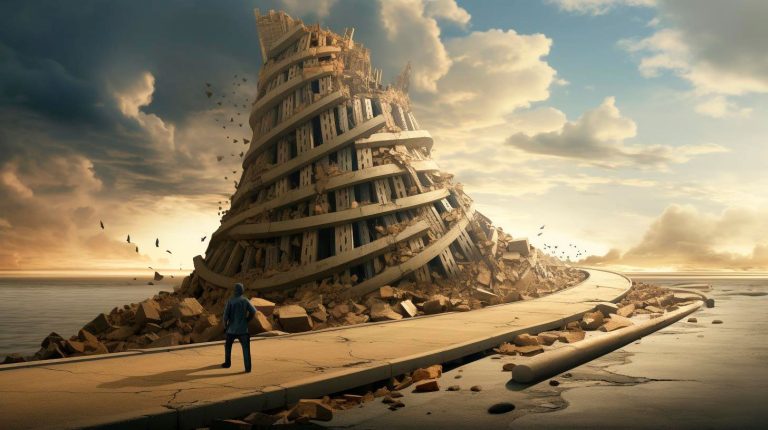







+ There are no comments
Add yours